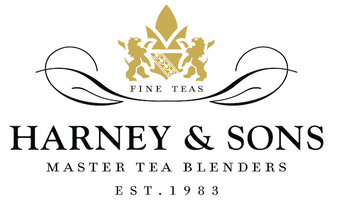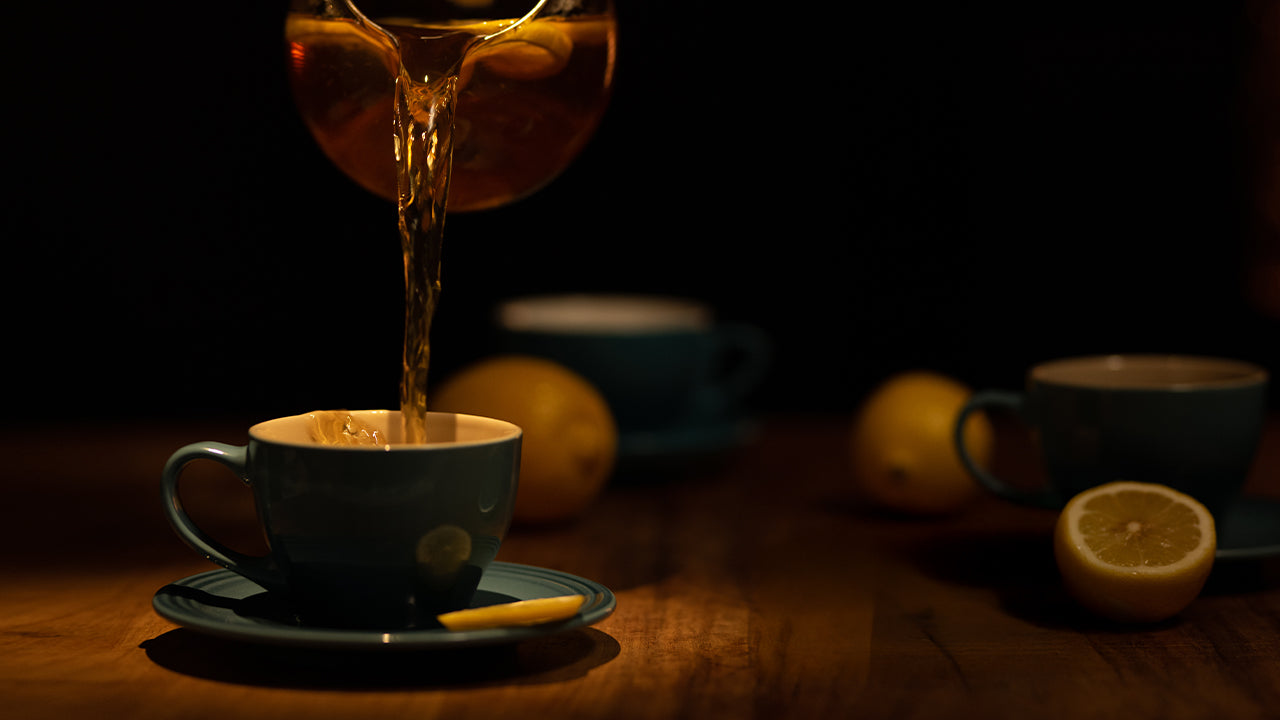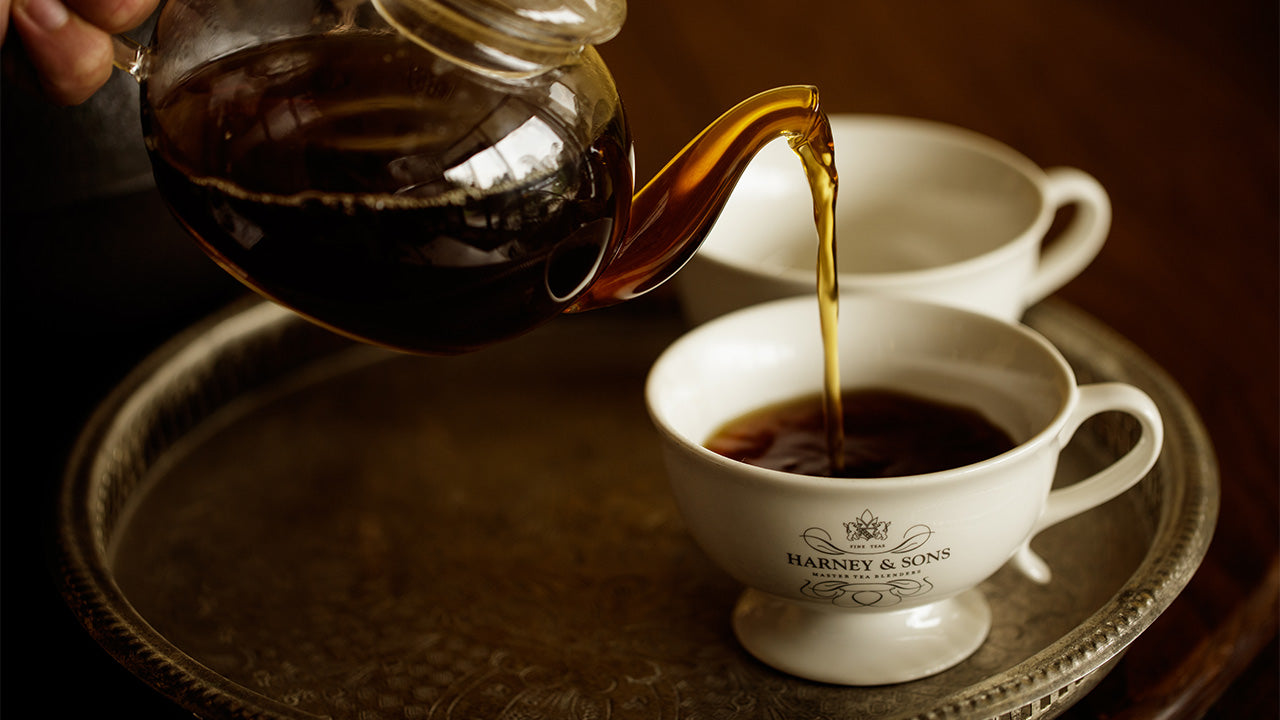There is a certain kind of magic in tea. Not just in its taste or aroma, but in the quiet ritual that surrounds it. For generations, people have gathered around teacups seeking comfort, connection, and sometimes a little insight into what the future might hold. Growing up, I watched my Papa John delight friends, family, and customers by interpreting the shapes and symbols left behind in the bottom of a teacup. It was a simple practice, but it brought so much joy and curiosity to everyone who joined him.
That’s why I am so excited to share How to Read Tea Leaves, a beautifully illustrated book and 66-card deck created in partnership with Abrams Books. This project honors the passion my grandfather had not just for tea, but for storytelling. Anyone who met him was enamored with his personality and charm. This book is our way of inviting tea lovers everywhere to experience the timeless art of tea leaf reading and uncover the unique insights each cup holds. I hope readers will find delight in discovering the shapes, symbols, and meanings hiding in their tea leaves. Our family has always believed that tea is far more than just a beverage; it’s about sharing moments, creating memories, and finding little sparks of magic in the everyday.

What is Tasseography?
Most people call it tea leaf reading, but the official term is Tasseography. This ancient practice has roots that stretch back centuries across Europe, the Middle East, and Asia. Originally, tasseography evolved from earlier forms of divination, including reading coffee grounds in the Middle East and interpreting wine sediments in Europe. When tea became widely popular in the 17th and 18th centuries, the practice naturally adapted to the new ritual, giving rise to the tea-based tradition we know today.
At its core, tasseography is the art of observing the intricate patterns formed by fine, loose tea leaves at the bottom of a cup and interpreting their shapes and symbols. Each cup becomes a canvas with the leaves offering stories, reflections, and gentle guidance. Over time, these readings have been used not only for insight into the future but also as a way to foster connection, conversation, and curiosity. The meanings are never fixed. They shift depending on the reader, the context, and the moment, which is part of what makes the practice so captivating.
Of course, the right tea blends and teacup make all the difference. Our Harney & Sons Teacup is designed for reading loose leaf tea, with a shape that lets the leaves settle beautifully at the bottom for easy interpretation. These signature ceramic teacups, created with our friends at Forlife, feature a traditional silhouette with enough room for a hearty 8 oz. serving of your favorite tea or tisane.

The Tea Lover’s Tarot
Tasseography is often compared to Tarot, and for good reason. Both invite reflection, intuition, and a touch of mysticism. While Tarot uses a deck of symbolic cards to explore possibilities and offer guidance, tea leaf reading uses the naturally forming patterns in your cup as a canvas for interpretation. In both, the meaning is never fixed; it depends on the reader’s intuition, the context, and even the energy of the moment.
Just as a Tarot reader might see a tower, a star, or a cup in their cards, a tasseographer might see a heart, a key, or a spiral in the leaves. Each symbol can carry multiple meanings, and each reading is unique. Both practices combine storytelling, symbolism, and personal insight to create something magical and meaningful for the person experiencing it. For us, it’s less about predicting the future with certainty and more so about exploring the possibilities that each cup can reveal.

Inside the Book
Harney & Sons How to Read Tea Leaves is more than a guide, it’s an interactive experience. The book comes with a deck of 66 cards along with an illustrated guidebook, designed to help readers notice patterns and uncover meanings.
The guidebook is organized into six symbolic categories: Love, Clarity, Success, Change, Omens, and Inspiration. Within each section, you’ll find beautifully illustrated examples and insights to help you interpret what appears in your cup. Abrams was instrumental in helping us find the right artist who could bring the pages to life. The illustrations were crafted to feel hand-painted and artisanal, echoing the personal, magical quality of the practice.
One of my favorite aspects of the book is that anyone can read tea leaves. Each symbol is open to interpretation, which means every reading is unique. Much like horoscopes and other forms of fortunetelling, you can take what you want from it. Our hope is that people find positive and enjoyable signs in their leaves and that it helps them have a deeper connection to their favorite teas.
You can explore the shapes and signs for yourself, with friends, or as a shared experience during tea time. The joy comes from discovery, storytelling, and the small moments of magic that appear in each cup. Whether you are giving it as a gift or keeping it as a personal treasure, this book invites tea lovers everywhere to engage with their favorite teas in a whole new way.




